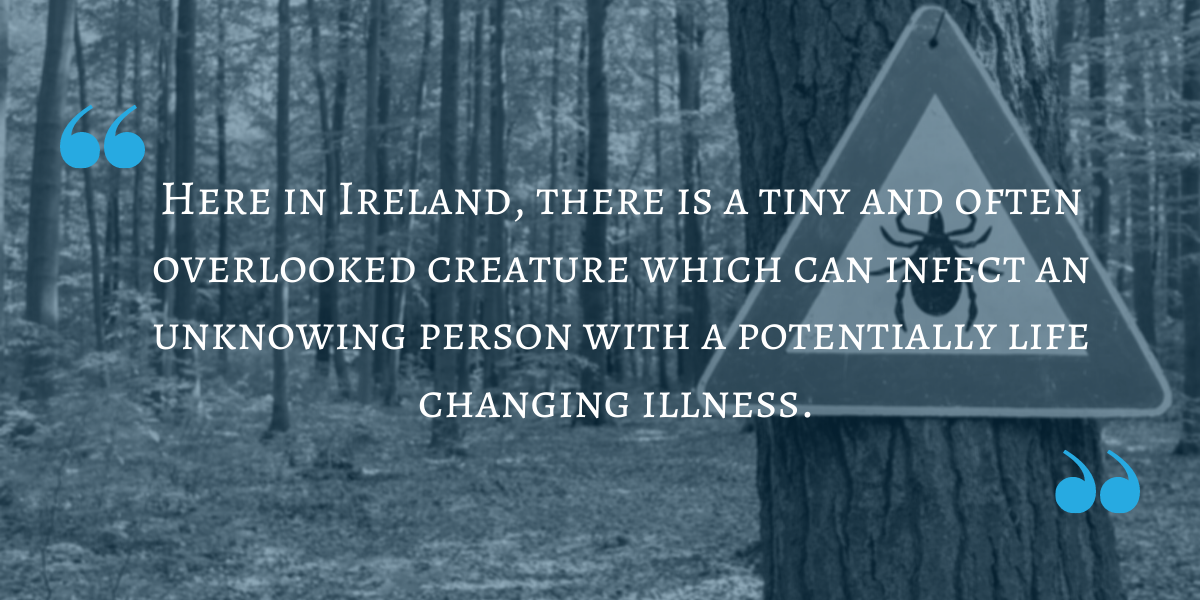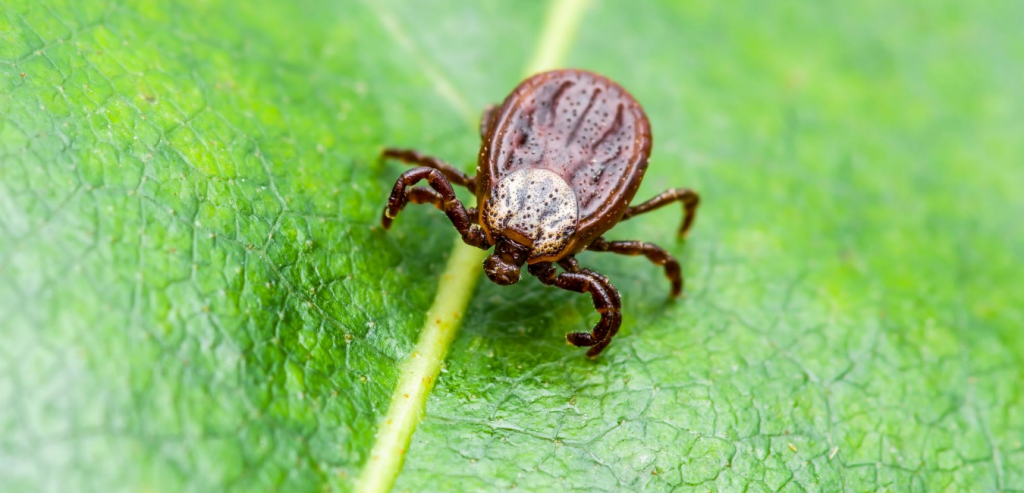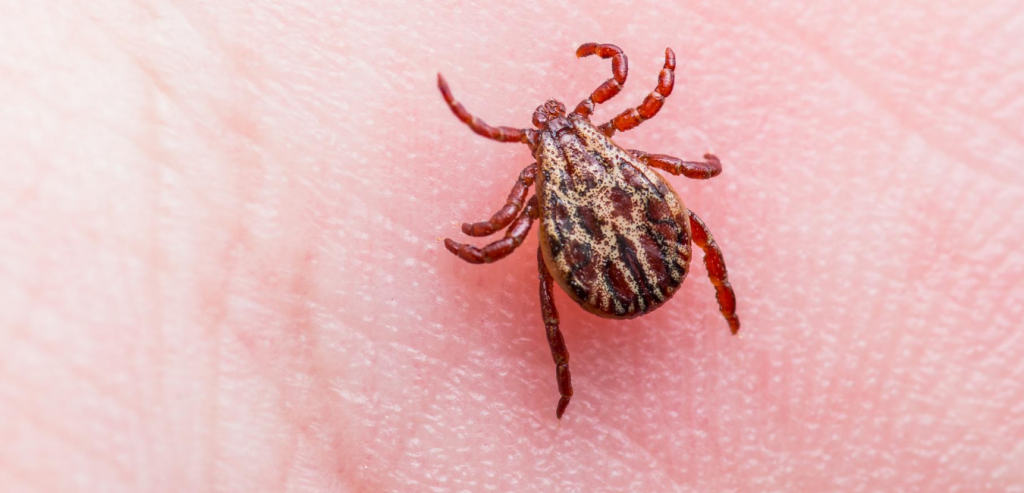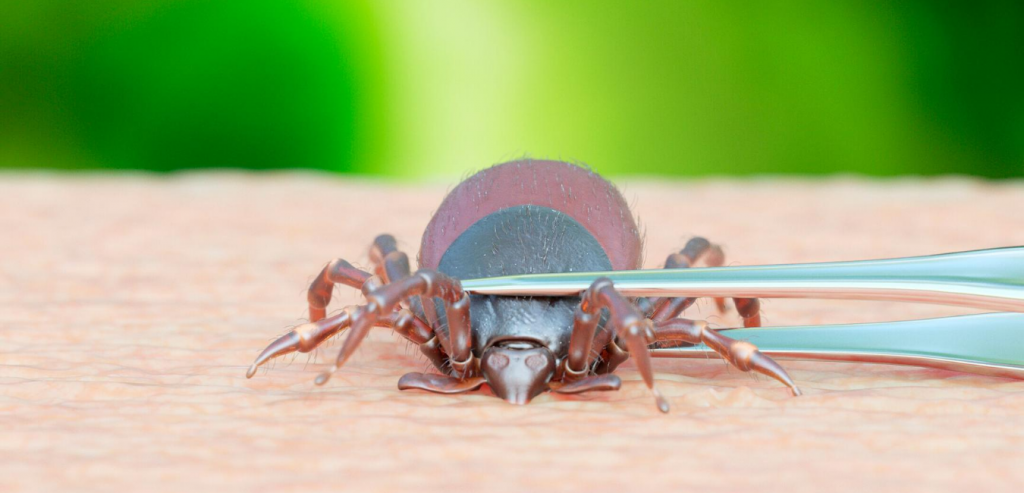 The current advice from the Government of Ireland with regards to Covid-19 and travel remains that the safest thing to do is not to travel abroad. As a result, there has been a massive surge in people remaining and holidaying in Ireland. This has allowed these ‘Staycationers’* to explore, hike and camp in some of Ireland’s more remote and scenic areas. But this is not without its dangers! For, here in Ireland, there is a tiny and often overlooked creature which can infect an unknowing person with a potentially life changing illness. This hidden creature is called the “Tick”.
The current advice from the Government of Ireland with regards to Covid-19 and travel remains that the safest thing to do is not to travel abroad. As a result, there has been a massive surge in people remaining and holidaying in Ireland. This has allowed these ‘Staycationers’* to explore, hike and camp in some of Ireland’s more remote and scenic areas. But this is not without its dangers! For, here in Ireland, there is a tiny and often overlooked creature which can infect an unknowing person with a potentially life changing illness. This hidden creature is called the “Tick”.

What is a tick?
For those unfamiliar, ticks are very small, bloodsucking, external parasites, ranging in size from 0.5mm in their juvenile stage up to 2.5mm as adults. They are related to spiders, meaning as adults they have eight legs. They can also be identified by their hard, dark coloured shield like backs and in the case of the adult female an obvious red posterior. Here in Ireland, we have 11 known species but the most common and well-known tick species is the sheep tick (Ixodes ricinus). It is found throughout the country but with higher densities in the West and in Co. Wicklow.
Typical of most parasites they have a complex life cycle involving egg, larva, nymph and adult. To reach each of these stages, a blood meal is required and this is typically acquired from different hosts. It is for this reason ticks are often associated with the spread of diseases, from Looping ill, Anaplasmosis and Babesiosis (red water fever). But the most prevalent and dangerous to humans, and ‘Staycationers’ in Ireland, is Lyme disease.
What is Lyme disease?
Lyme disease (named after the town of Lyme in the U.S.A.), also called Lyme borreliosis, is a multisystem disorder triggered by an immune response. It is caused by a spirochaete (corkscrew shaped) bacterium called Borrelia. There are several genospecies of Borrelia around the world, of which a handful can cause Lyme disease. It is believed that the different species of Borrelia can cause different chronic symptoms that affect many parts of the body, including the joints, nerves, brain, eyes, and heart. The genospecies B. garinii is the most common species in western Europe and Ireland and is associated with affecting the brain and central nervous system.
In Ireland, the main reservoir of the bacteria is believed to be found in birds which spend large amounts of time on the ground, such as Pheasants, Blackbirds or Thrushes. Small mammals such as wood mice have also been identified as reservoirs as they share the same habitat as the birds. The tick will obtain the bacteria from feeding on these infected birds or rodents. Following this, the bacteria can be transferred to a human via the tick’s saliva. As ticks feed slowly, transmission of the bacteria can take at least 48 hours. However, it can be sooner, especially if the tick has half fed on a different host.
How can you protect yourself?
The best way to avoid tick bites is to know where a tick is likely to be found and the time of year they are most active. Unfortunately, ticks can be found in many different habitats in Ireland, from upland bogs to lowland grasslands and even in urban areas. However, they generally prefer woodlands and habitats which provide similar conditions (damp, humid and sheltered). Ticks are also very susceptible to the weather. They are not very active during very hot and dry conditions or when it’s very cold. Therefore, avoiding the areas that they prefer during the spring and autumn months (when the weather conditions are often right) or sticking to paved pathways (free of vegetation) can provide some degree of protection.
However, the wilds of Ireland’s countryside and mountains don’t always have such perfect paths or weather conditions, so for those that wish to travel off the beaten track or camp in more remote areas there are alternative ways to protect yourself or others from tick attachment.
Clothing can often be the best method of protection. The wearing of long sleeve trousers and tops will cover skin vulnerable to tick bites. The tucking of trousers into socks (although not very fashionable) will prevent a tick from climbing up your leg, while the wearing of pale or light coloured clothes will make it easier to spot a tick on the hunt and allow you to remove them before they have a chance to bite. The addition of waterproof material such as that on rain jackets and waterproof trousers is also beneficial – not only is waterproof material perfect for the not too uncommon Irish summer shower but the material is challenging for ticks to adhere to.
The use of repellents has also been found to deter and prevent tick attachment. While more natural and homemade repellent and essential oils do have some protection properties, substances such as DEET, arachnicides or other shop-bought specific tick repellents have been proven to lower or completely prevent a tick attaching and biting.
It has been suggested in studies that a combination of the above is the most effective method for reducing or preventing tick bites. It is further recommended that once back at home or back in your hotel after a hike or camping trip, that you change out of the clothes which may have been exposed to ticks and place them straight into the washing machine. Showering immediately after to wash off any potentially unattached ticks is also recommended, followed by a thorough examination of your entire body, focusing on areas where clothes are close to skin (waistbands, socks around ankles etc.) and everywhere in between (Everywhere!..).
What to do if you are bitten by a tick?
Unfortunately, with biology and the natural world, nature often finds a way and sometimes you may find a tick attached to you. So here are some ways to deal with a tick bite:
Avoid pulling or scratching with your fingers as this can agitate the tick and increase the potential for contacting Lyme disease. Instead, it is recommended to use a fine point tweezers (such as an eyebrow tweezers) or a specific tick removal tool (several products can be found in pharmacies or sometimes outdoor shops). If using tweezers, grab the tick as close to the skin as possible and smoothly pull straight up, there is no need to twist (but may be needed for stubborn ticks). If the mouth parts remain attached, there is no need to panic as there is only the minor potential for secondary infections which is no different to a splinter or small cut.
Once removed, it is often recommended to place the tick in a sealable bag or container and freeze it. If soon after the tick bite you develop flu-like symptoms or notice that a characteristic ‘Bullseye Rash’ appears at the bite location, immediately visit a GP and bring the tick with you. They can best advise on the next port of call.
Should you have any further questions or concerns on ticks or Lyme disease, I would recommend researching the topic further online. There are many resources, websites, videos and presentations on the topic. The majority of which can be very informative. But fact checking these online sources with a doctor or health specialist is also recommended.
Ireland can be a perfect place for a wild adventurous ‘staycation’, so being conscious of the smaller, hidden dangers and following the appropriate guidelines can allow us to continue to enjoy all the beautiful areas that this country has to offer.
*Yes – we know the term has been the subject of much discussion with respect to accuracy and context!





